Roses are among the most widely cultivated plants in the world, not only because of their exquisite blossoms but also because of their adaptability and the large number of types and variants available. It’s not necessary to have a big backyard or a rose garden to grow roses. Although tiny or patio roses tend to be the most suitable for containers, you can still have roses that thrive growing in pots if you don’t have much space.
The following guide will help you grow roses successfully in pots to enjoy its fabulously fragrant and colorful flowers.
1. Choose the Right Type of Roses
First, you should select rose varieties that are well-suited for container growing. Look for compact or miniature rose varieties that are suitable for smaller spaces such as balconies or patios:
- Belinda’s Dream Floribunda Rose: This rose is a dream come true. It has large, fragrant, pink flowers that bloom repeatedly throughout the season. It is also very disease-resistant and hardy and can grow up to 5 feet tall and 4 feet wide.
- Cream Veranda Shrub Rose: This rose is perfect for containers, as it has a compact and bushy habit. It produces clusters of creamy-white flowers with a light fragrance. It grows up to 3 feet tall and wide.

- All My Love Hybrid Tea Rose: This rose is a stunning addition to any container garden. It has long-stemmed, deep-pink flowers with a strong, fruity fragrance. It is also very vigorous and blooms continuously. It grows up to 4 feet tall and 3 feet wide.
- Doris Day: This rose is a cheerful and sunny choice for containers. It has bright yellow flowers with a sweet, spicy fragrance. It is also very floriferous and disease-resistant. It grows up to 4 feet tall and wide.
- At Last Floribunda Rose: This rose is a breakthrough in container roses. It has apricot-orange flowers with a rich, honey fragrance. It is also very low-maintenance and self-cleaning, meaning it does not need deadheading. It grows up to 3 feet tall and wide.
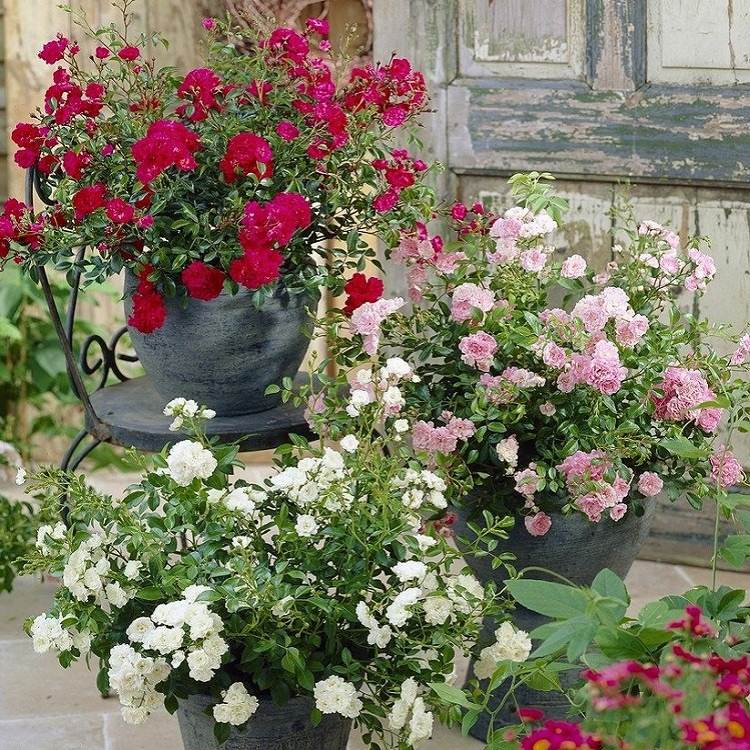
2. Time to Plant Roses in Pots
The best time to plant roses in pots is during the dormant season, which is late winter to early spring. This allows the plants to establish their root systems before the growing season begins.
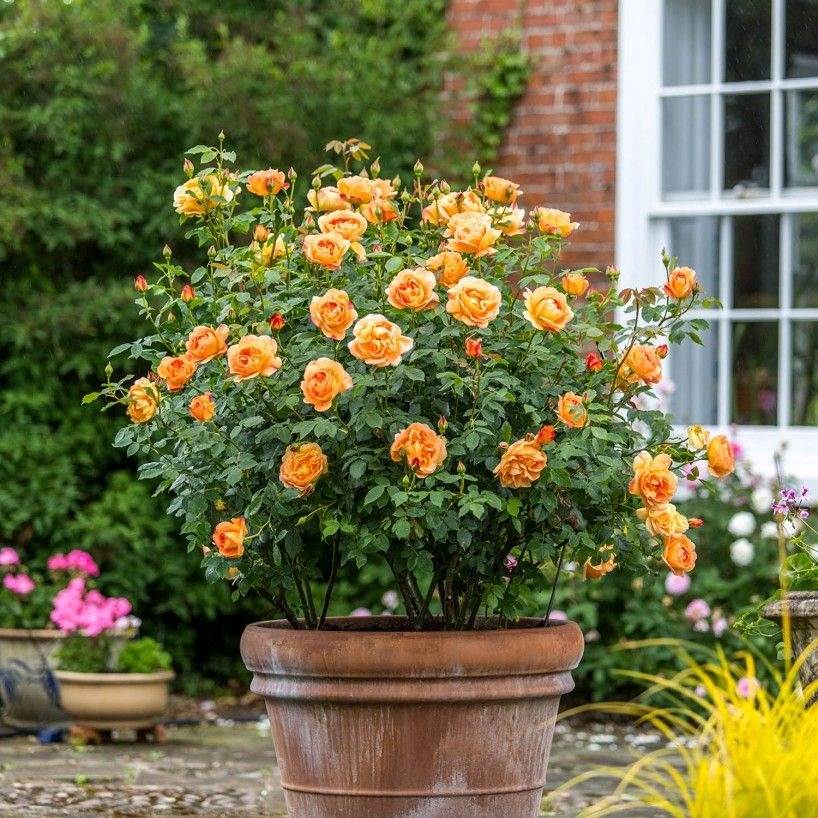
3. Choosing the Right Container and Potting Mix
Container
Choose a large container with good drainage. A container that’s at least 18-24 inches (45-60 cm) in diameter and depth is recommended to provide enough space for the rose’s roots.
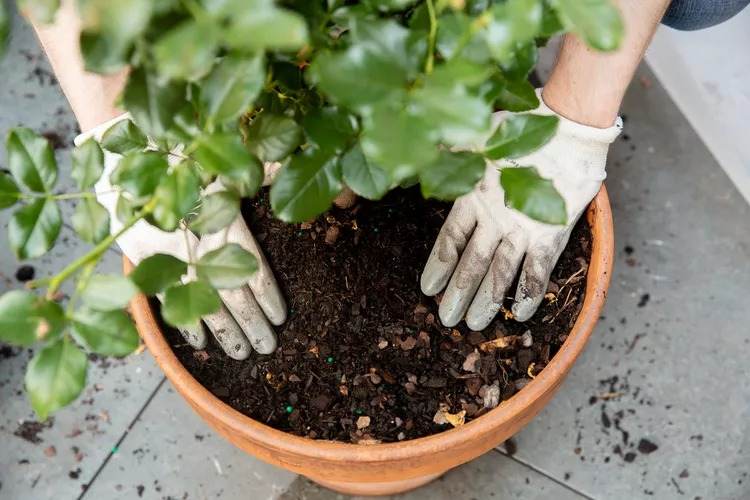
Potting Mix
Use a high-quality potting mix specifically formulated for roses or other flowering plants. It should be well-draining and rich in organic matter.
4. Planting
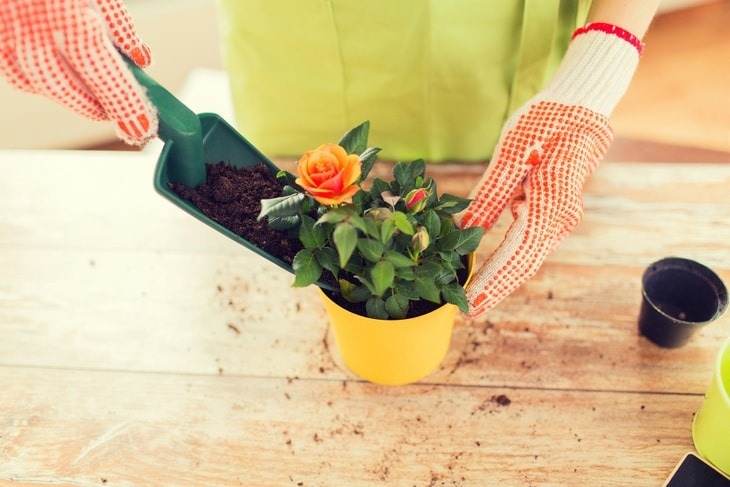
Follow these steps to plant roses in pots:
- Fill the pot with the potting mix, leaving enough space for the rose’s root ball.
- Gently remove the rose plant from its nursery container, being careful not to damage the roots.
- Place the rose in the pot, ensuring the top of the root ball is level with the soil surface.
- Backfill with potting mix, pressing it down gently to eliminate air pockets.
5. Watering
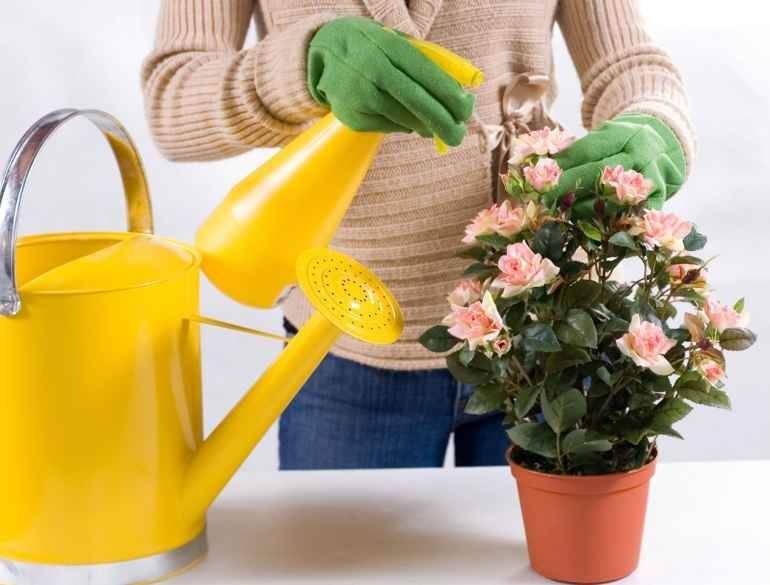
After planting, water the rose thoroughly to settle the soil around the roots. Water the rose regularly, keeping the soil consistently moist but not waterlogged.
6. Sunlight
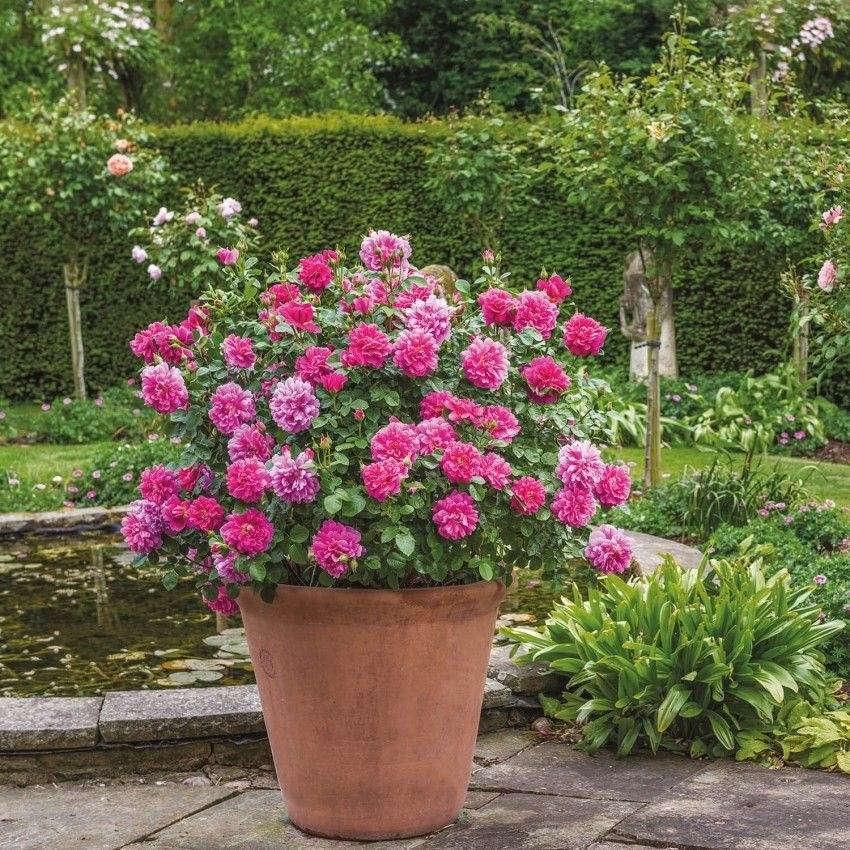
To make roses grow faster and quickly blossom, provide them with at least 6 hours of direct sunlight each day. Therefore, it’s essential to place your potted roses in a location that receives adequate sunlight.
7. Fertilization
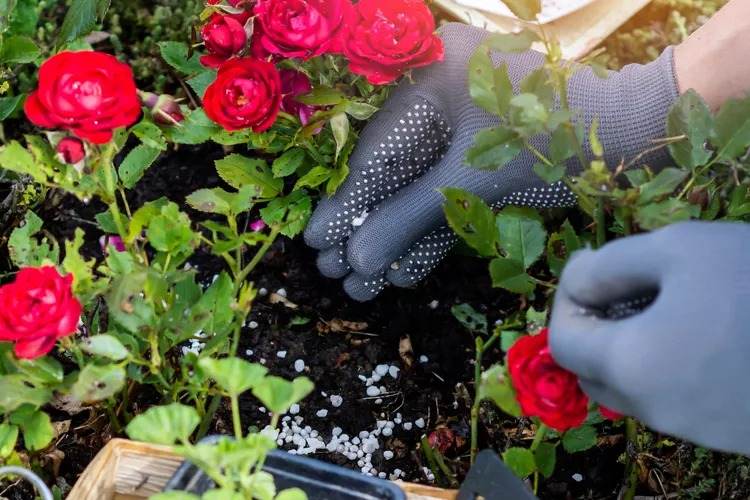
Feed your potted roses with a balanced liquid fertilizer formulated for roses. Follow the package instructions for application rates and frequency.
8. Pruning and Deadheading
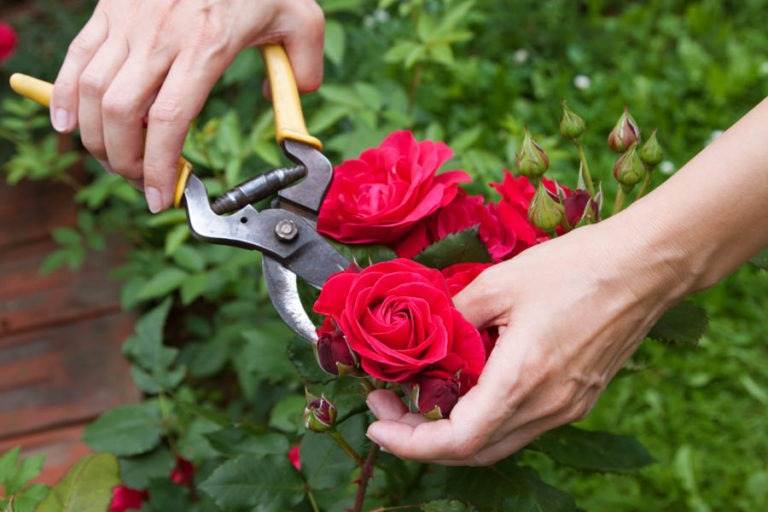
To encourage continuous blooming, regularly remove spent flowers (deadheading). Each year, in late winter or early spring, prune your potted roses to remove dead wood and encourage new growth.
9. Pest and Disease Control
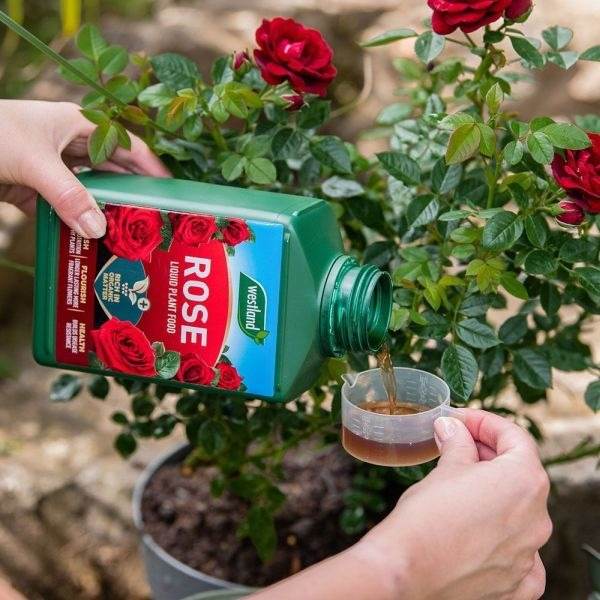
Your rose pots should be regularly inspected for pests like aphids or diseases like powdery mildew. Treat any issues promptly using appropriate organic or chemical methods.
10. Winter Care
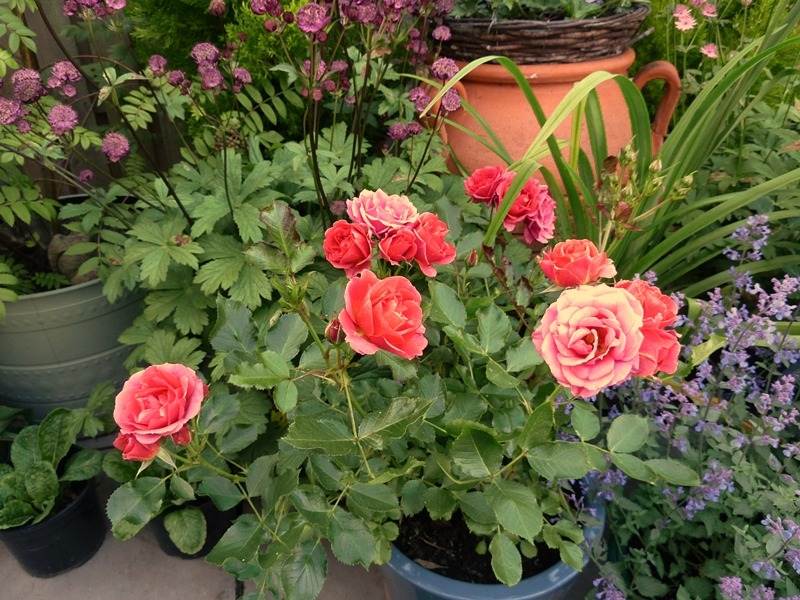
If you live in a region with cold winters, protect your potted roses by moving them to a sheltered location, like an unheated garage, and insulating the pots with straw or burlap.
Planting roses in pots requires some attention and effort, but it provides a living art that transforms your outdoor area into a haven of color, fragrance, and visual appeal. Start your journey today and witness the magic of potted roses as they grace your spaces.
